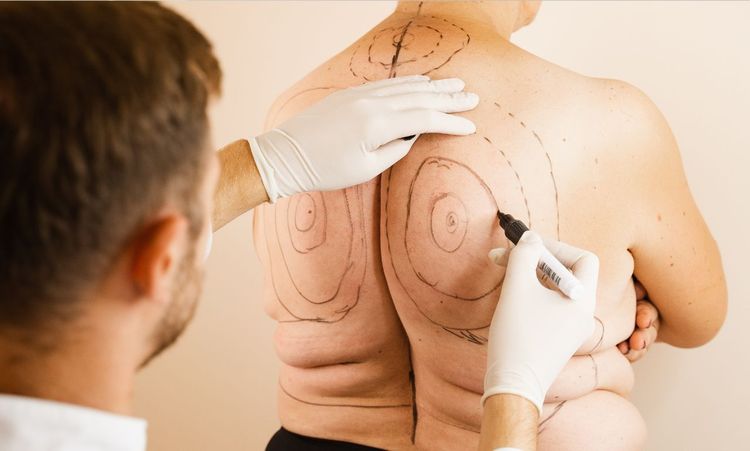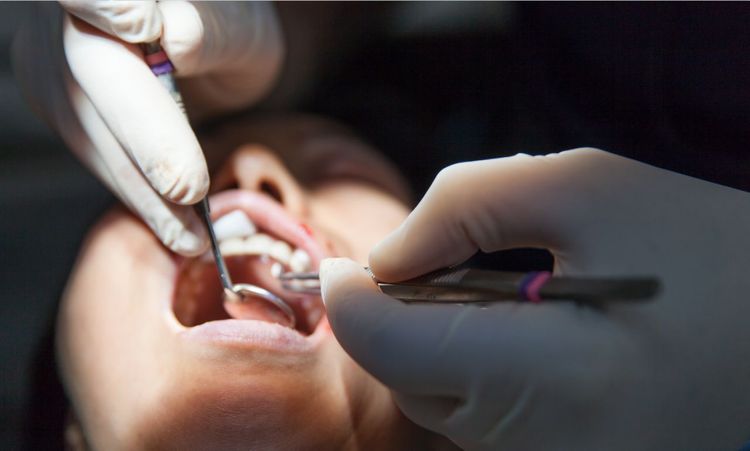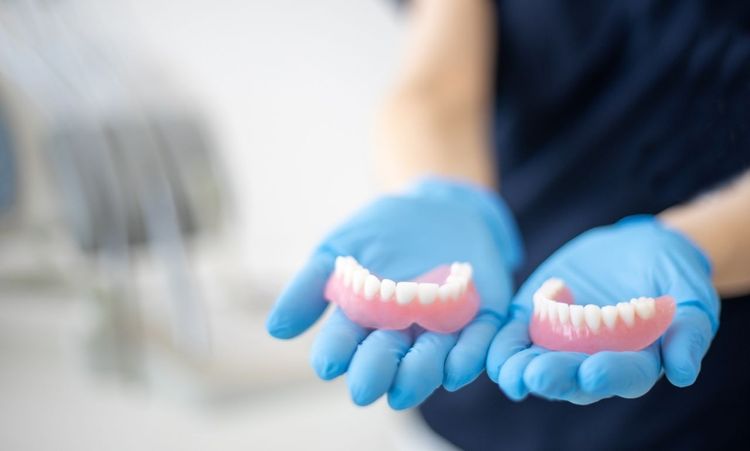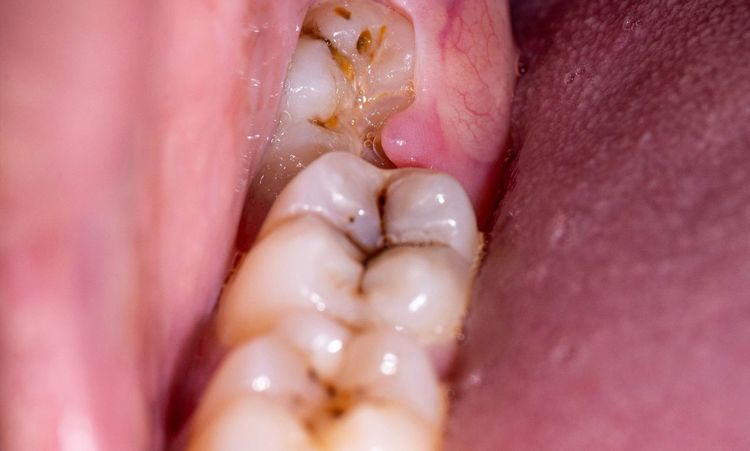Are you considering liposuction but worried about the pain? With the right knowledge and preparation, you can minimize discomfort and bounce back faster than you think. In this article, we'll explore why liposuction can be so painful, key factors that impact your experience, and my top tips for a smoother recovery. By the end, you'll feel empowered to make informed decisions and take control of your healing process. Let's do this!
How Painful Is Liposuction?
First, it's important to understand that pain is a very personal experience. What feels unbearable to one person may be totally tolerable to another. That said, most people describe the pain after liposuction as more of an intense soreness or achiness rather than sharp, stabbing pain. Think of how you feel a day or two after a hardcore workout or football game—that deep muscle hurt that makes you want to pop some meds and take it easy.
In my experience, the discomfort was noticeable but manageable with OTC pain meds and slow taking. The worst of it hit around days 2-5 post-op. By the end of the first week, I was feeling much better and ready to show off my results! But again, everyone's journey is unique, so listen to your body and doctor's advice.
What Are the Factors That Contribute to Pain in Liposuction?
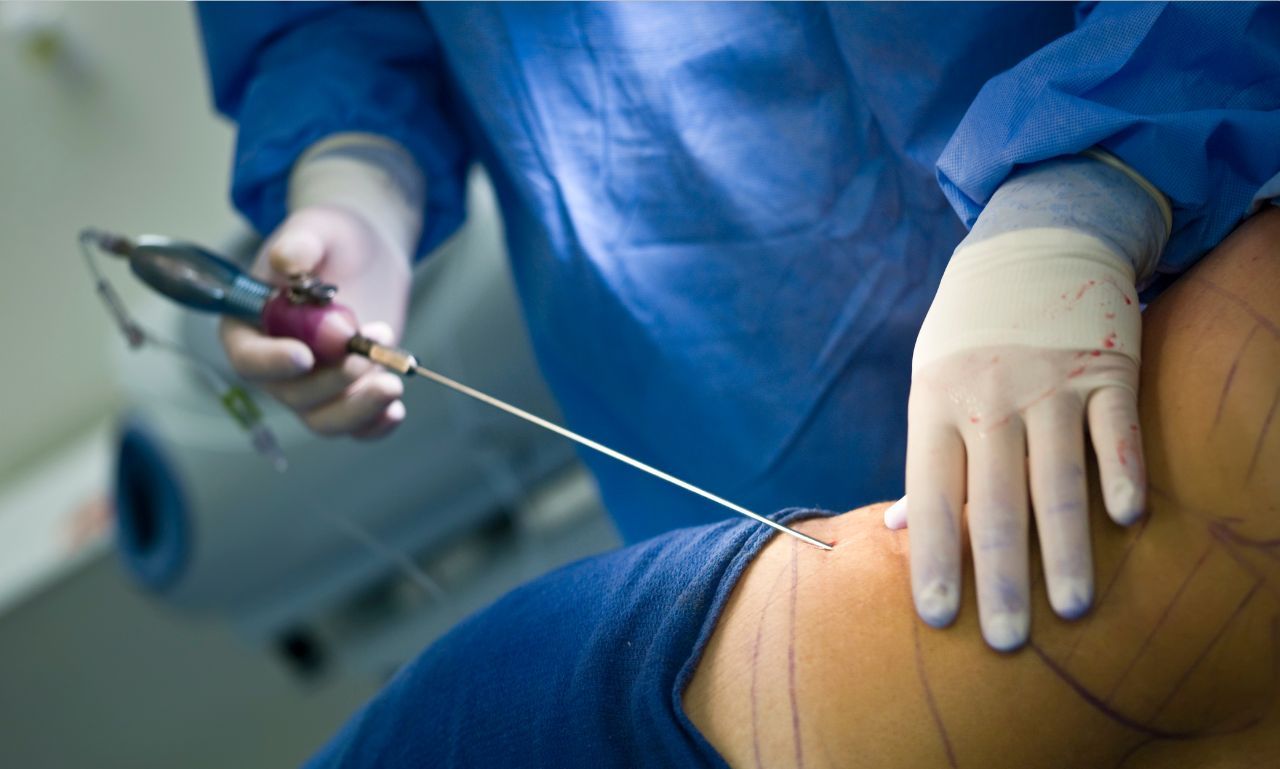
There are a few key culprits:
Swelling and bruising after surgery: Whenever you have an invasive procedure like Lipo, your body responds to rLipofluids and white blood cells to the "injured" area. That leads to inflammation, swelling, and that lovely rainbow of bruising colours. While it's a normal part of healing, it doesn't feel great!
The amount of fat removed: It may seem counterintuitive, but taking out more fat often means more ouch during recovery. Larger volume lipo is just tougher on your body overall. If you're treating multiple areas or getting a dramatic amount of fat sucked out, brace yourself for a bit more soreness afterwards.
Invasive techniques: Not all Lipo is created equal! Traditional suctionLipoisted Lipo tends to be the most painful because Lipo is the most invasive and traumatic to your tissues. Newer power-assisted, ultrasound, or laser lipo methods use technology to help break up the fat first, making it easier to remove and potentially reducing pain afterwards. Chat with your surgeon about their procedure and how it might impact your comfort level.
The number of areas treated: Treating many spots in one surgery can leave you feeling super sore as your whole body tries to recover. If you're hoping to liposuction your tummy, love handles, thighs, and arms all in one go—more power to you! Just know that you might have a tougher time getting comfy for the first few days compared to someone who just had one zone done.
Strategies for Postoperative Recovery
Maintaining a Healthy Diet and Hydration: Aim for lean proteins, colourful fruits and veggies, whole grains, and healthy fats to give your cells the building blocks they need. Also, don't forget to chug that H2O to help flush out swelling and keep things moving!
Applying Ice Packs or Cold Compresses: Cold therapy is your friend for controlling pain and inflammation. Apply ice packs or bags of frozen peas to sore spots for 15-20 minutes daily. Just be careful not to leave the cold on too long or put it directly on your skin. You'll be amazed how much it helps!
Following Physical Restrictions: Avoid strenuous exercise, lifting heavy objects, or any motions that engage your core for at least 2-6 weeks, depending on your procedure. Don't push yourself too hard too soon, or you could prolong your soreness. Slow and steady wins this race.
Engaging in Light Activity: Once you're past the first few days of hardcore Netflix binging, try incorporating some gentle movement like leisurely walking, stretching, or deep breathing exercises. This keeps your blood flowing, prevents clots or fluid buildup, and can actually speed up your recovery. Just listen to your body, and don't overdo it!
What Are The Dangers of Undergoing Lipo?
Infection After Liposuction: Any time you create an incision in the skin, bacteria could sneak in and cause an infection. Signs to look out for include redness, swelling, increasing pain, warmth around the surgery site, fever, chills, pus drainage, or red streaks. If you notice any of these symptoms, call your doctor right away! Infections are much easier to treat when caught early.
Poor Healing: Some people heal less well than others. Factors like age, overall health, smoking, diabetes, and other medical conditions can all impact how quickly and completely your incisions close up. Slow healing can put you at higher risk for other complications, so optimizing your health as much as possible before and after surgery is essential.
Fluid Buildup: A seroma is when the fluid your body creates during healing gets trapped under the skin, forming a pocket or lump. Small seromas often go away independently, but larger ones may need to be drained with a needle. Wearing your compression garment religiously and getting post-op lymphatic drainage massages can help prevent these pesky pockets from forming.
Anaesthesia Risks: Most Lipo is done under general anaesthesia, which carries a small risk of complications like allergic reactions, breathing problems, or even death in sporadic cases. Be sure to discuss your medical history thoroughly with your surgeon and anesthesiologist beforehand so they can take every precaution to keep you safe. And if you have any unusual symptoms like chest pain or difficulty breathing after waking up, speak up ASAP!
Fat Embolism After Liposuction: This is probably the scariest lipo complication, but thankfully also the rarest. In a fat embolism, a glob of loosened fat enters the bloodstream and gets stuck in a vessel in the lungs, heart, or brain. This can cause severe symptoms like chest pain, shortness of breath, confusion, or loss of consciousness. While the risk is extremely low with modern lipo techniques, it's still something to be aware of. If you have any concerning symptoms, get thee to a doctor, stat!
How Long After Liposuction Does It Stop Hurting?

While everyone's pain trajectory is slightly different, most people find the worst of the soreness starts to fade around 5-7 days after surgery. By the end of the second week, most patients feel much more comfortable and able to return to work or school. However, it's normal to have some lingering aches and swelling for 4-6 weeks as your body adjusts and recovers.
Of course, this all depends on your procedure, pain tolerance, and adherence to post-op instructions. Larger volume lipo will cause more prolonged soreness than a minor touch-up procedure. Following your doctor's recovery guidelines can go a long way in minimizing discomfort and getting you back in action ASAP!
What Body Part Is Most Painful to Liposuction?
Love handles/Flanks: The skin and tissue in this region are thinner and have many nerve endings, which can make Lipo feel more intense. Plus, it's an area Lipot's hard to avoid using during daily movements like twisting or bending.
Male chest/Gynecomastia: Guys getting Lipo to reduce the appearance of "man boobLipoften report a stricter recovery, likely because the tissue is more fibrous and the area is so central/complex to rest. There are also a lot of sensory nerves to work around.
Inner thighs: This zone is prone to swelling because it is chock-full of nerves and lymph nodes and rubs together when you walk—all recipes for soreness.
Chin/Neck: Even though the volume removed is usually small, the neck is an exquisitely sensitive area with thin, delicate skin. Talking, chewing, turning your head - all the things you do constantly without thinking - suddenly become very noticeable after Lipo!
Now, this doesn't mean you shouldn't pursue liposuction in a "painful" area if that's where your stubborn fat likes to hang out. With proper pain control and recovery measures, some temporary soreness is well worth it for the permanent results! Having realistic expectations is good, so you're not blindsided by a difficult few days.
What Are the Worst Days After Liposuction?

While experiences vary, most patients agree that 2-5 post-op days tend to be the hardest. Here's what you can typically expect as you recover:
Day 0 (Surgery Day): You'll likely be groggy from the anaesthesia and won't feel much, thanks to the lingering effects of medications during surgery. Enjoy this honeymoon phase, and rest up!
Day 1: As the surgical meds wear off, you'll feel soreness and tightness. This is usually manageable with OTC pain relievers and feels more "annoying" than truly painful.
Days 2-5: The inflammation and swelling peak, leading to more intense achiness and stiffness. You may be tired, feel out of it, and generally blah. Lean on your ice packs, pain meds as directed by your doc, Netflix queue, and comfy recliner to get through this temporary hump!
Days 6-14: You should start to turn the corner and see some bright light at the end of the tunnel! While still sore and puffy, most people can begin to resume light activities and feel more human. You may tire out more efficiently for a few weeks as your body still works hard to heal in the background.
Weeks 3-6: Continued improvement and return to normalcy. While you may have some residual swelling, soreness, and weird numb/tingly sensations for a month or two, the worst is definitely in the rearview mirror.
Again, this timeline is a general guide and may look different based on your unique situation. You might be that lucky duck who feels awesome by day 3, or you might be on the lower end of the average and feel crummy for closer to 10 days. Neither means you're "behind" or "failing" at recovery - everybody heals at their own pace. The best thing you can do is be patient with the process and give yourself plenty of grace as you adjust to the new you!
Conclusion
Let's be honest—Lipo isn't a walk in the park. Some degree of Lipo is simply part of the process as your body heals from a significant surgical reshaping. But by knowing what to expect, taking proactive steps to minimize discomfort, and following your post-op plan to the letter, you can get through this temporary tough time and enjoy your slimmer, sleeker physique on the other side!
Remember, you're not in this alone! Lean on your surgical team, support system at home, and online lipo communities for advice, reassurance, and commiseration. And if something doesn't feel right or you're worried about your healing process, don't hesitate to contact your surgeon. Better safe than sorry when it comes to your precious body!
Also Read: What Color of LED Helps with Detoxification?
